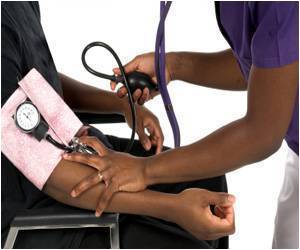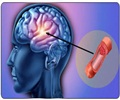People suffering from subclinical atrial fibrillation, as detected by a pacemaker or defibrillator, are at an increased risk of suffering from stroke, according to the ASSERT study.

In atrial fibrillation, the impulses start at a point outside the SA node. This causes irregular contractions of the atria. There is loss of coordination between the contraction of the atria and the ventricles, resulting in variable and irregular amount of blood leaving the ventricles.
The pumping activity of the atria is thus disturbed in atrial fibrillation, resulting in pooling of blood in the atria. This stagnation of blood can result in the formation of blood clots. The blood clots may travel to the brain resulting in stroke.
Atrial fibrillation can cause symptoms of chest pain and sometimes heart failure. However, in some patients, it may not cause any symptoms at all. This subclinical atrial fibrillation can be detected with the help of pacemakers or defibrillators.
A recent study was conducted on 2580 patients of 65 years or older, suffering from hypertension but no obvious atrial fibrillation, with an implanted pacemaker or defibrillator. These patients were followed up for a mean duration of 2.5 years.
The study found that patients who suffered from subclinical atrial arrhythmias were at an increased risk of nearly two and a half times of suffering from stroke or embolism (presence of a clot in the blood) during the follow-up period.
Reference: 1 Subclinical Atrial Fibrillation and the Risk of Stroke; Jeff S. Healey et al. N Engl J Med 2012; 366:120-129.














